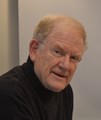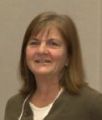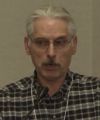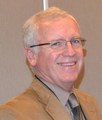CITIZEN SCIENCE IN ACTION, PROTECTING BC HABITAT: “Collaboration taps into the passion and ingenuity of volunteers who are driven by commitment,” wrote Eric Bonham in an opinion piece (published in the Vancouver Province, February 2019)

“Throughout British Columbia, an amazing network of volunteer groups is working to protect, restore and enhance local streams,” states Eric Bonham. “Teamwork for the common good is a powerful and often transformative experience, particularly when a longer term vision for a local creekshed engages multiple interests, disciplines and local government. Today, the scope of involvement and influence of stream stewards is expanding beyond the creek channel. What happens on the land matters to streams.”










